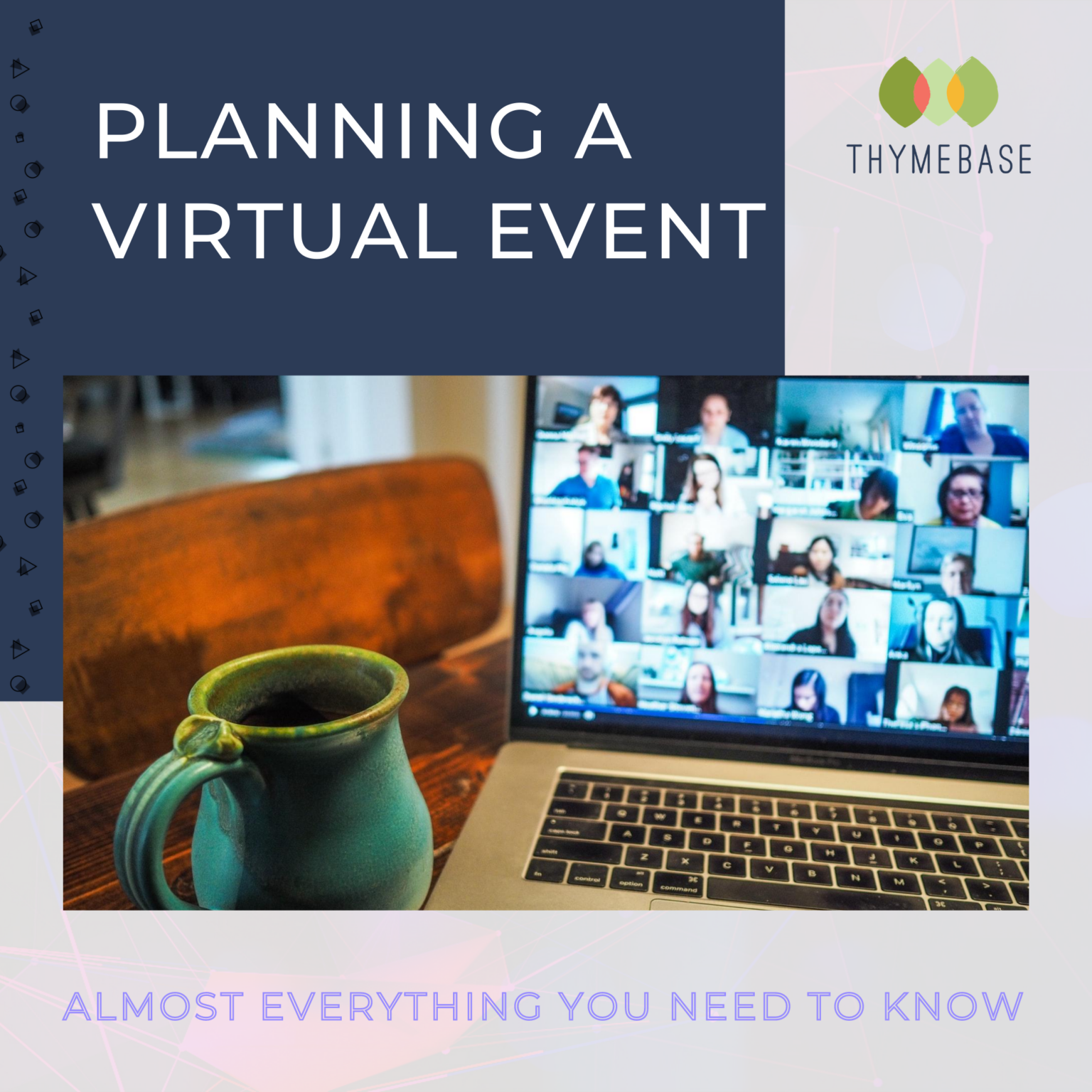

While not as effective in terms of lead capture and networking as an in-person event, virtual conferences allow attendees to view keynotes in real-time, build their own agenda from relevant, on-demand content, and interact with other attendees. Virtual conferences include multi-session content and can involve community engagement tools. Much like in-person conferences, virtual conferences are built around a live, complex agenda that includes keynotes, sessions, breakouts, and more. These can also include internal and external training. Due to their one-off educational nature, webinars have thrived with 100% virtual attendance.

Webinars typically use video conferencing tools that allow Q&A, the ability to present live or a pre-recorded video, and be offered as on-demand after the fact. Companies can charge attendees to join webinars using online payment services or can be offered for free. The advantage of hosting webinars is that they allow attendees from around the world to join in and listen as one or more speakers present the content. What is a webinar? Webinars typically last somewhere from 30 to up to 80 minutes. Below are the four main types of virtual events 1. Virtual events are not a replacement for other types of events, but a new type to add and to enhance your entire program. When it comes to your total event program, virtual events can be added to the mix of events you host, events you attend, and your internal events. According to Google Trends, the world is pivoting to virtual more and more. A virtual event is one where individuals experience the event and its content online rather than gathering in-person. These are all examples of virtual events. You might even have attended a conference from the comfort of your desk. Odds are you’ve attended a webinar online, watched an on-demand workout class, or joined a meeting using a video conferencing tool.

Virtual Events as Part of Your Meeting and Event Program.
Virtual party planner how to#

But how do you turn a multi-day conference, filled with networking opportunities, educational sessions, and the attendee insights they generate into virtual events?Īnd once you do, how do you ensure attendees are engaged throughout the event? The value of face-to-face interaction will never go away, but there are times when going virtual is a necessary part of your event program.


 0 kommentar(er)
0 kommentar(er)
